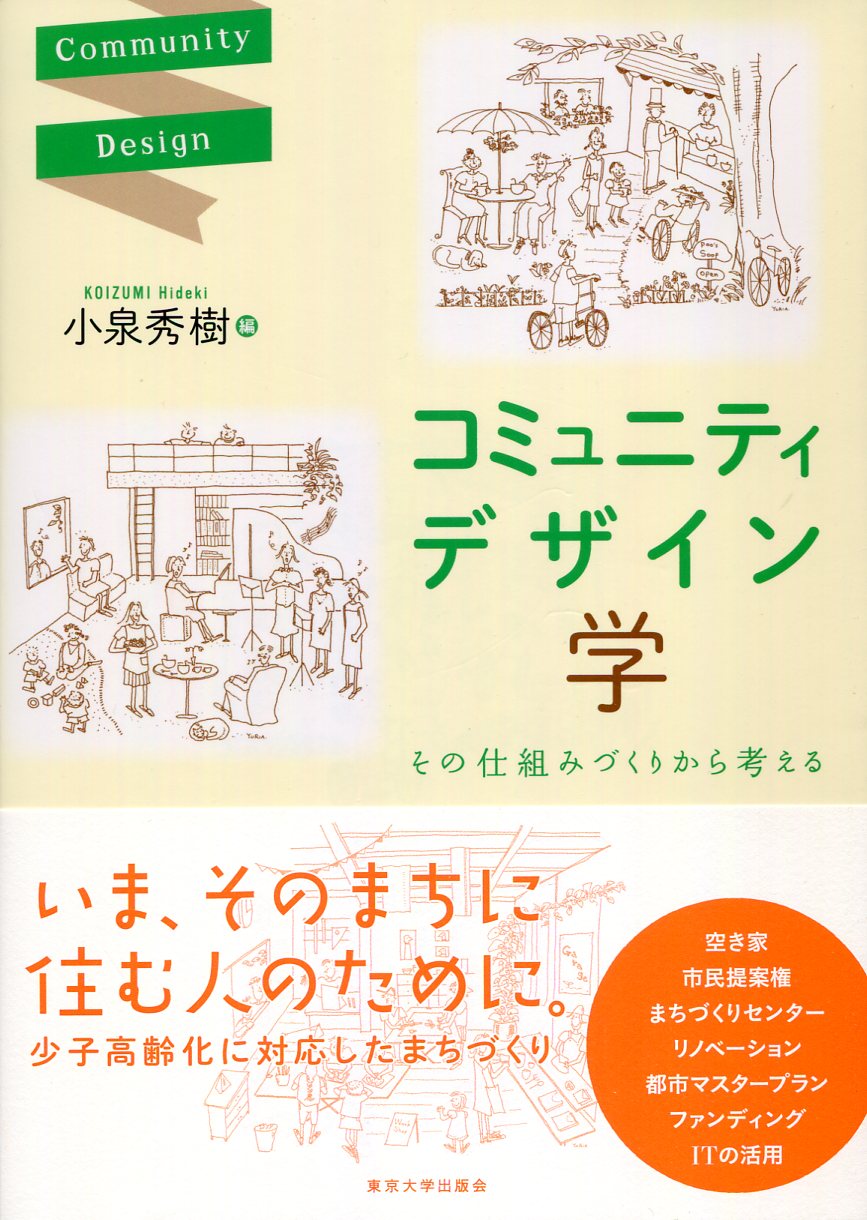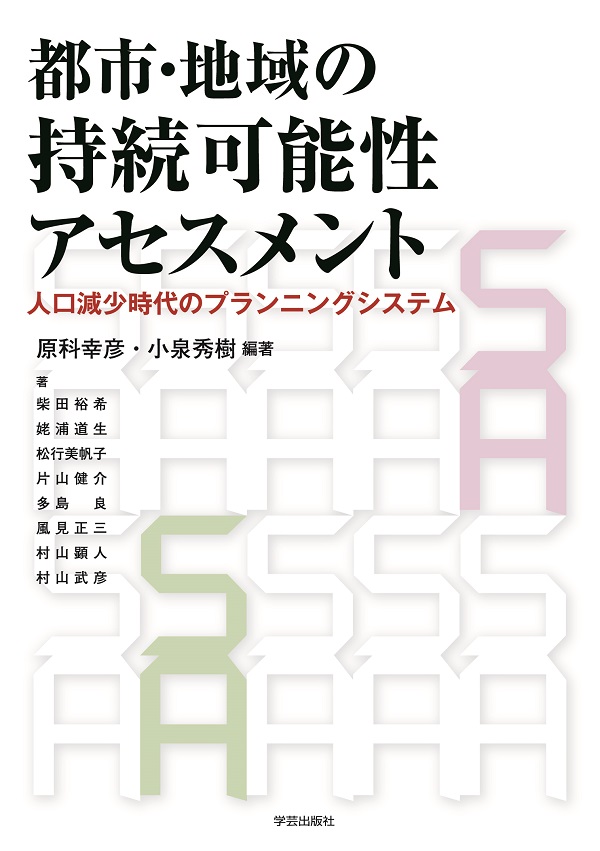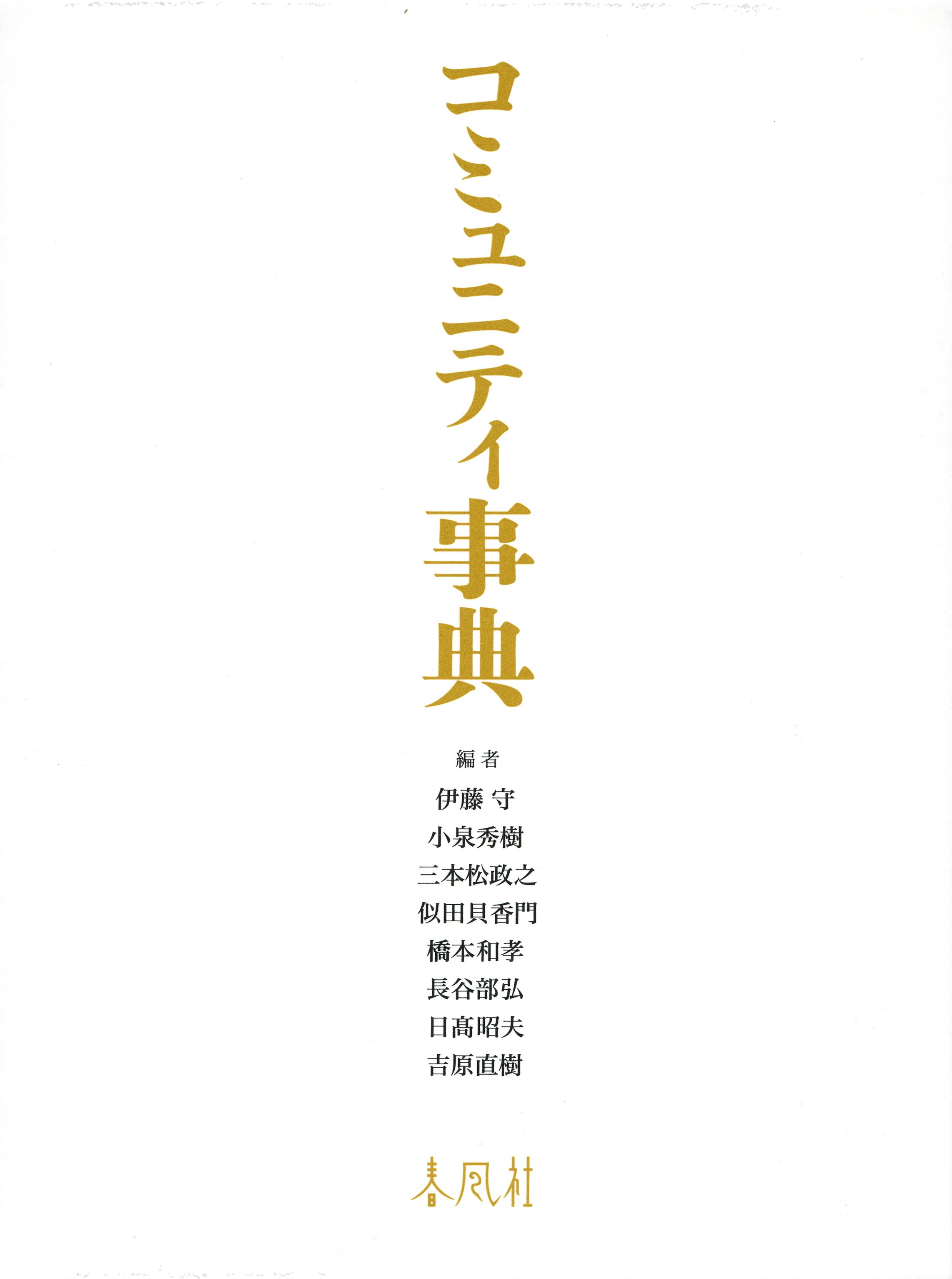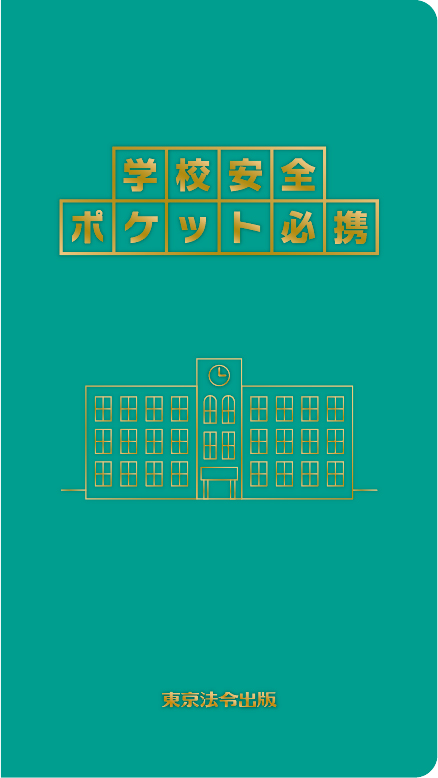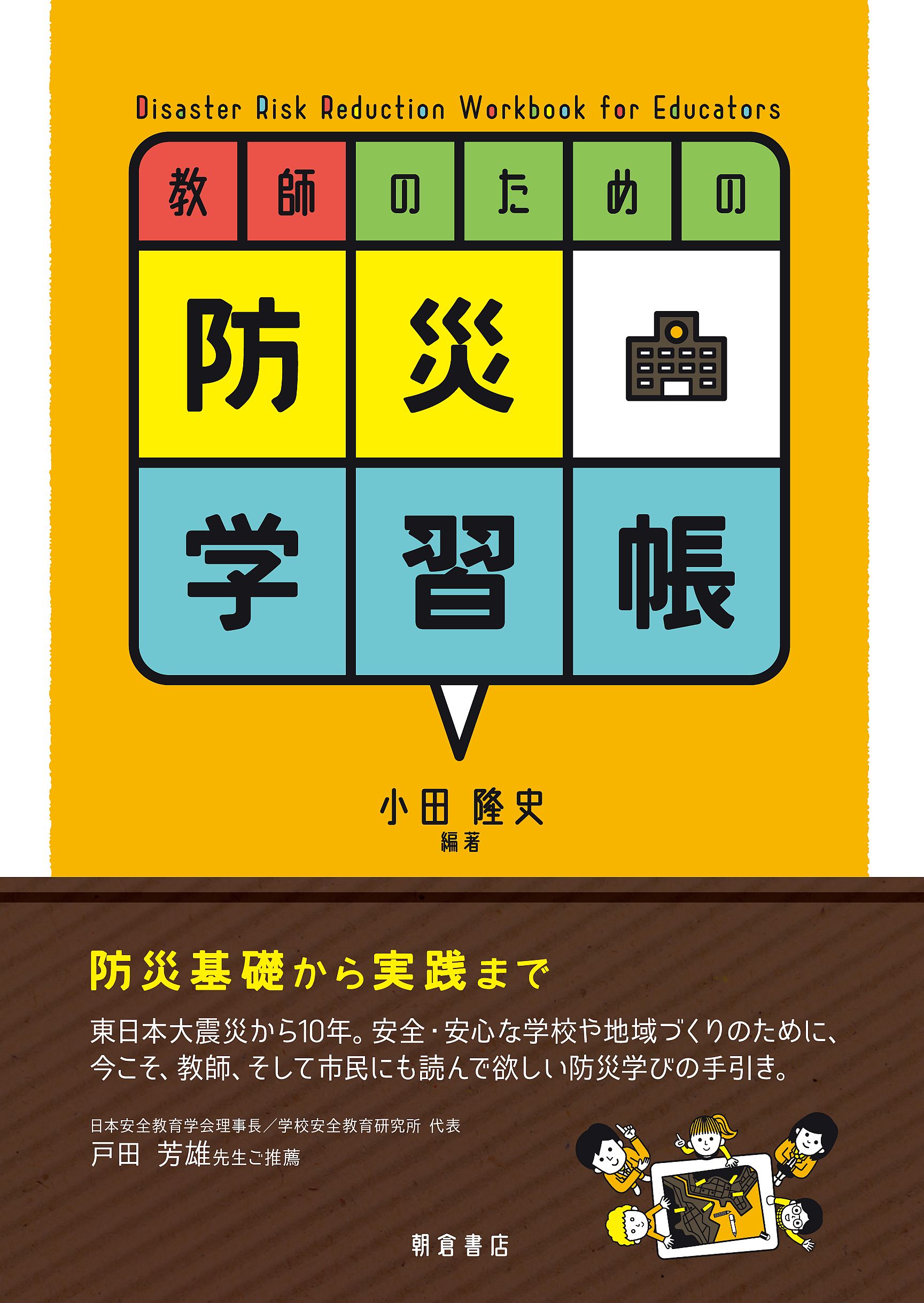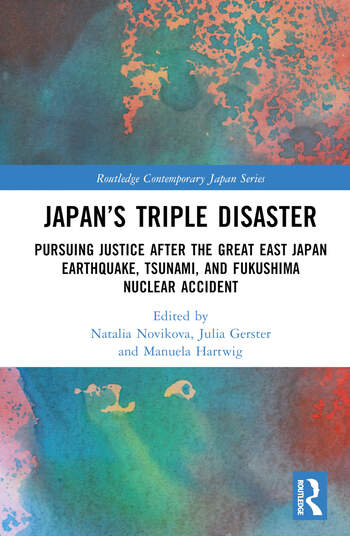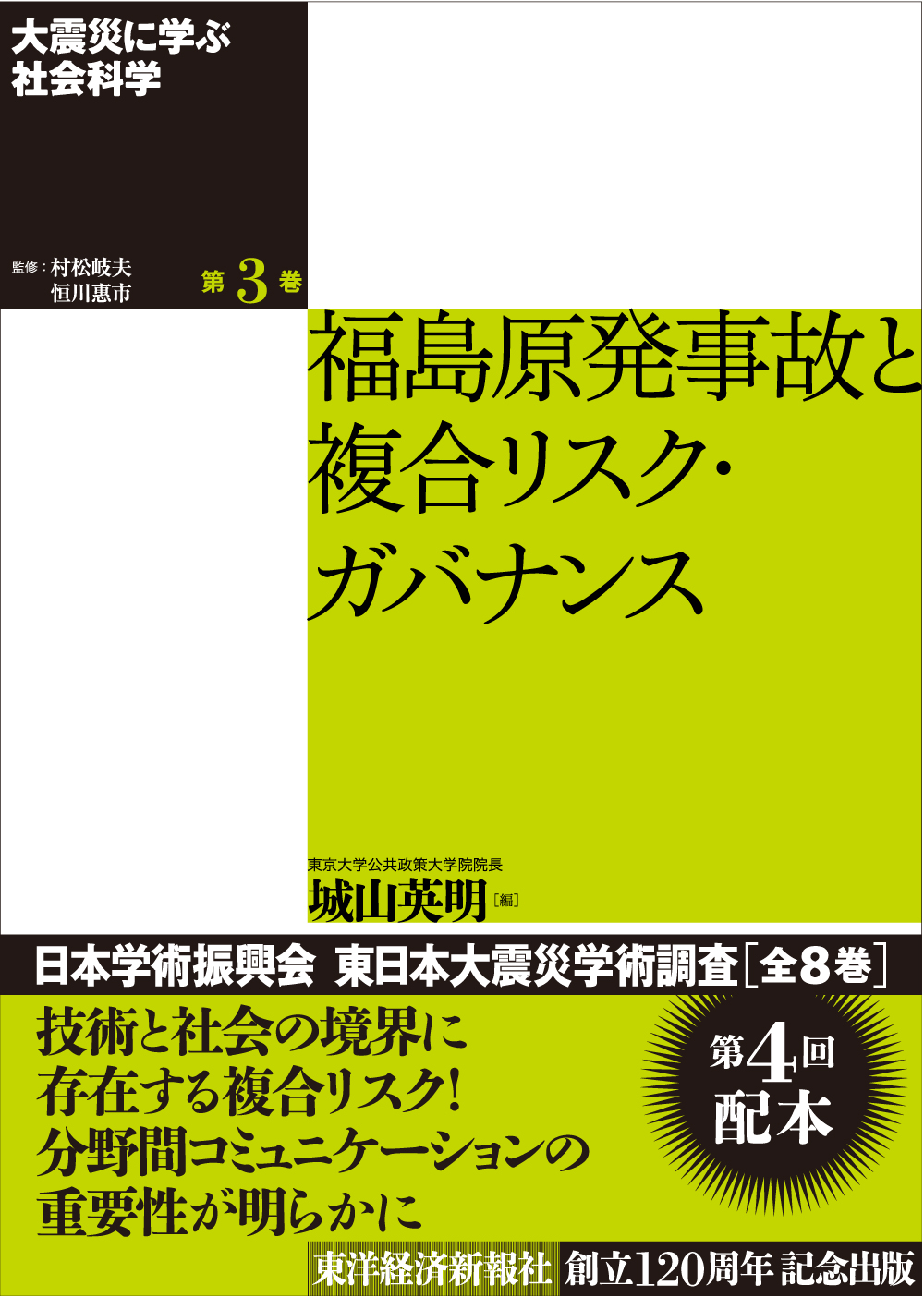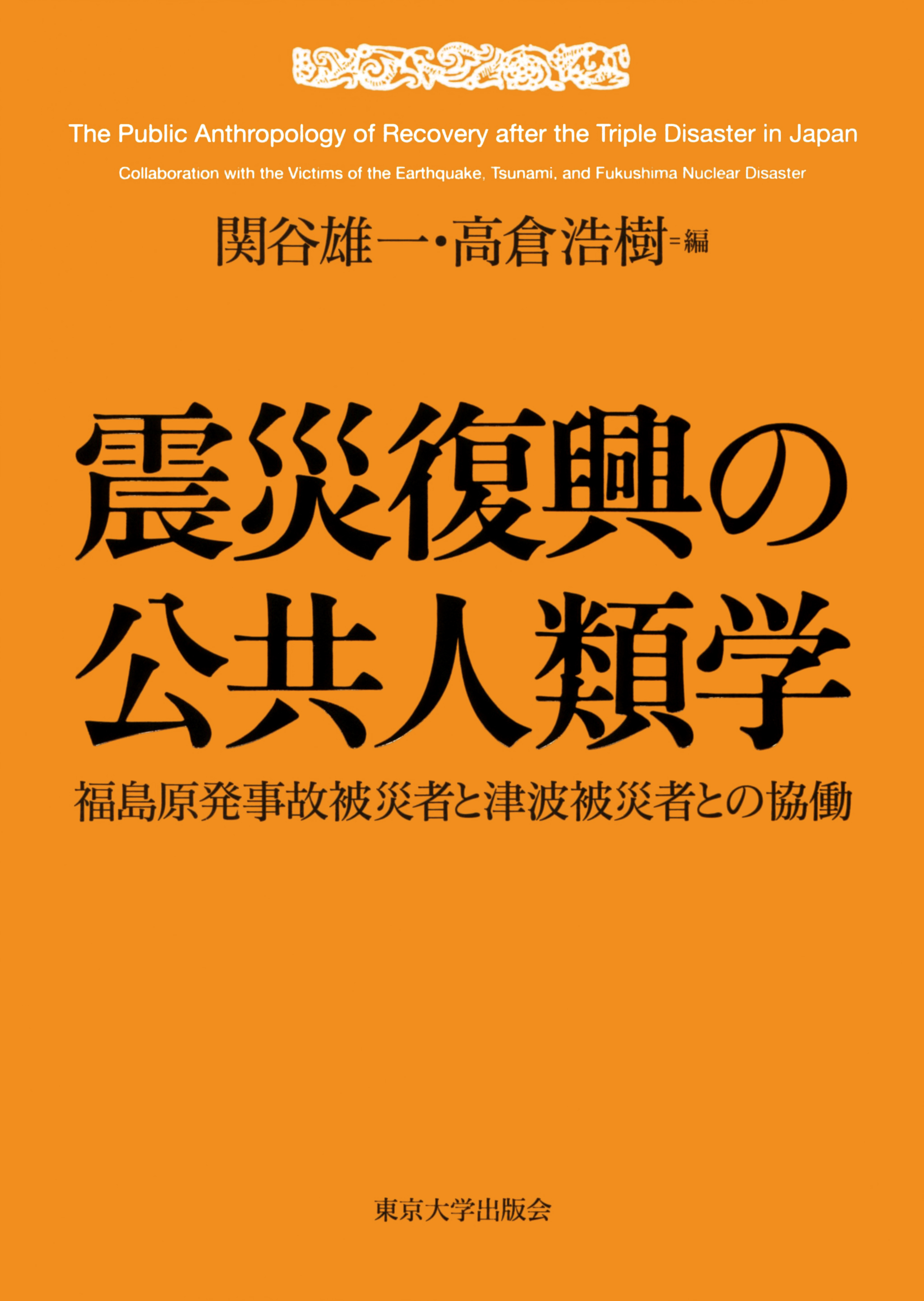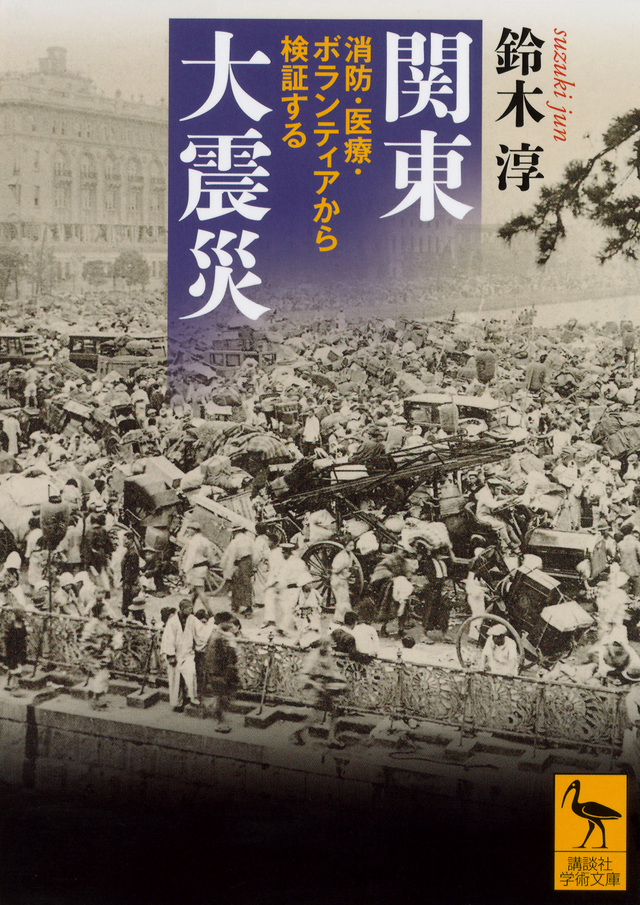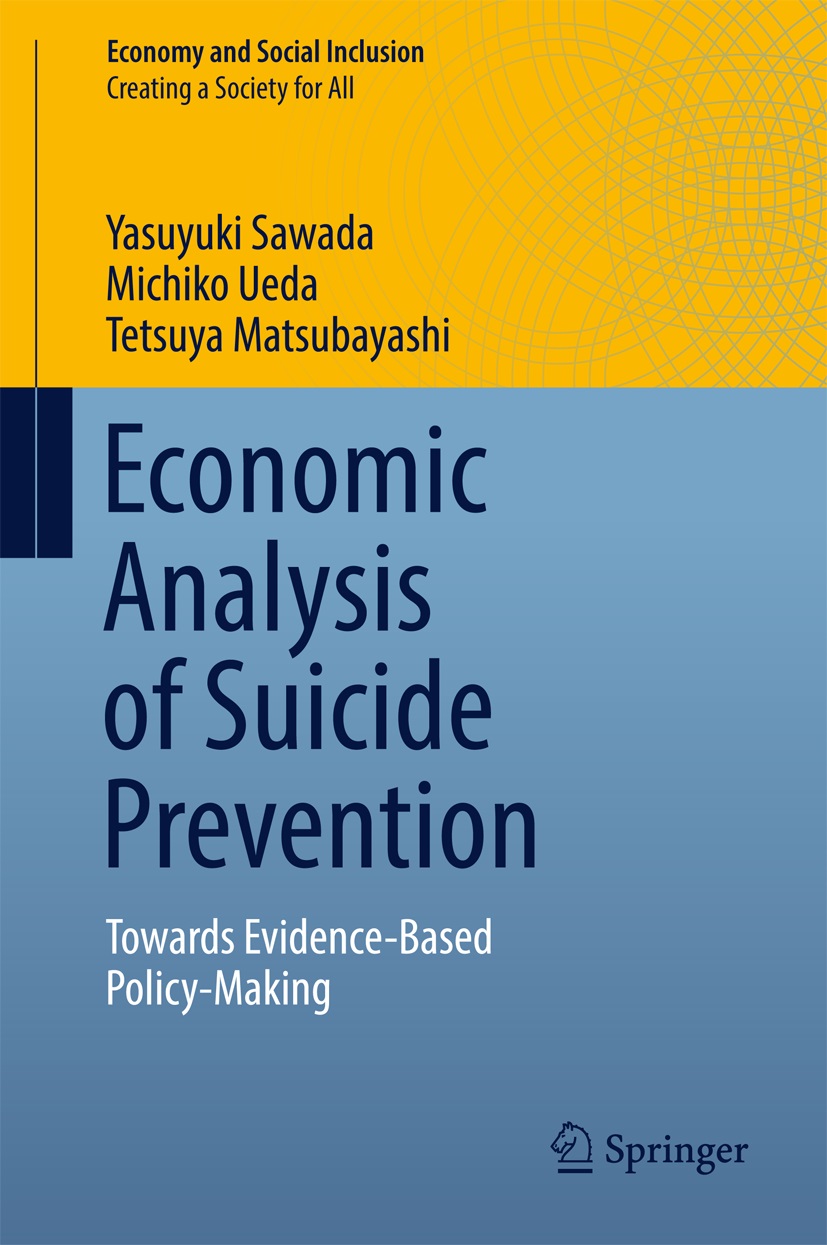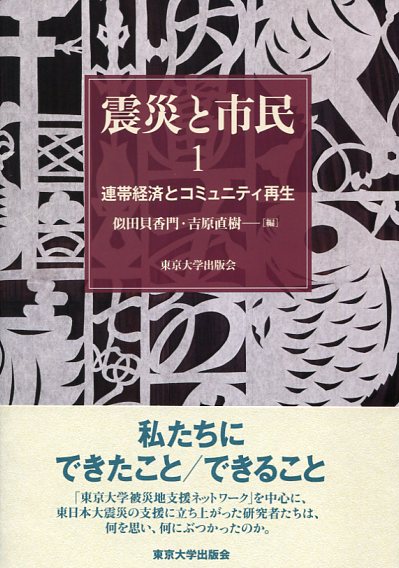
Title
Shinsai to Shimin 1 (Disaster and Citizens 1: Solidarity economies and community renaissance)
Size
256 pages, A5 format
Language
Japanese
Released
August 13, 2015
ISBN
978-4-13-053022-4
Published by
University of Tokyo Press
Book Info
See Book Availability at Library
Japanese Page
"When emergencies such as large-scale disasters occur, 'solidarity economies,' such as charitable donations and volunteerism, rise up in civil society, and people are strongly motivated to act communally. From his experiences in and after the Great East Japan Earthquake and Tsunami Disaster, the author considers the shape of a new independence and support in present-day Japanese society, and various aspects of community." (from the publisher's website).
In Chapter 8 of this work, entitled "Reconstruction and community--towards integrated and collaborative community design for recovery from natural disaster," the author discusses a uniquely Japanese concept of "Fukko," and furthermore, as shown below, observes the reconstruction by non-profit organizations as a characteristic of this earthquake disaster recovery, and discusses its actual conditions, issues, and possibilities.
It has been observed that the word “Fukko” was originally a term used for urban reconstruction after the Great Kanto Earthquake. In bygone days, when catching up to the Western powers was the dominant mandate, the idea of renaissance attracted much attention in Japanese society. Undoubtedly, statesman Goto Shinpei, who envisioned the reconstruction of Tokyo (reconstruction of the imperial capital), was inspired by this idea of a renaissance. He conceived an idea for rebuilding Tokyo after the earthquake and the huge fires that came after, not to rebuild the city to its former state, but to use the opportunity to develop Tokyo into an imperial capital that could hold its own, both socially and physically, alongside the capitals of the Western powers. In other words, his new idea was called imperial capital reconstruction, which would create a city for a modern and new society.
However, the actual “Fukko” was limited to the development of infrastructure by land readjustment projects. Later, during reconstruction and following the destruction of the war, a schema that defined "Fukko" as infrastructure development by land readjustment projects was established. Naturally, after major earthquake disasters such as the Great Hanshin-Awaji Earthquake and Chuetsu Earthquake, reconstruction was attempted that aimed at a new society different from what had existed there before. This involved the establishment community design fund and the adoption of “machizukuri forums”, which were active even though they were not part of the mainstream.
The reconstruction after the Great East Japan Earthquake and Tsunami Disaster possesses different characteristics from that following the Great Hanshin-Awaji and Chuetsu Earthquakes. One of its most important characteristics was the diversification and complexity of reconstruction by nonprofit activities and organizations. Diverse organizations were involved in the reconstruction, each with different viewpoints, roles, and aims, and a variety of experimental practices were deployed. These organizations included international NGOs, widely-distributed reconstruction organizations, nationally-deployed NPOs, general incorporated associations, and private companies carrying out CSR activities, as well as citizen volunteers from all over the country, community-based NPO and citizens' action groups, neighborhood associations of temporary housing areas, and social welfare committees. Here, although significant collaborative practices occurred among organizations and groups with different characteristics, a variety of situations, such as competition among non-profit organizations and groups forced into isolated activities despite the existing potential for cooperation with other groups, could be observed.
If reconstruction or “Fukko” signifies envisioning future communities and cities in areas affected by disasters in a way that surpasses just recovery, and then attempting to get close to this vision, then the future society and city aspired by that "times" are projected onto the additional but important part of reconstruction or “Fukko” that surpasses just recovery.
(Written by KOIZUMI Hideki, Professor, School of Engineering / 2019)



 Find a book
Find a book


 eBook
eBook